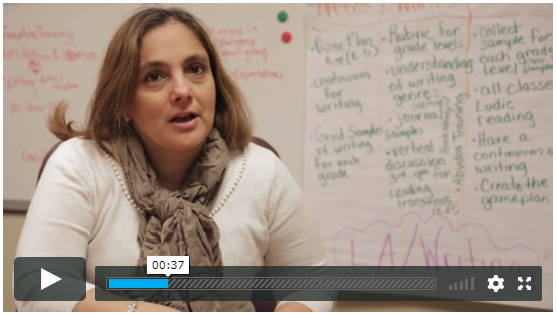School Improvement Grants (SIGs) are financed by the American Recovery and Reinvestment Act of 2009 (ARRA) to help underperforming schools meet accountability standards set in the Elementary and Secondary Education Act (ESEA). SIG grants were authorized by Congress to provide funds to improve low-performing Title I schools.
Schools that receive SIG awards must choose one of four improvement models that aim at turning around, or ultimately closing, chronically low-achieving schools. Two of the most popular models of this stimulus-funded grant include the “transformation” and “turnaround” models. These two models require that the schools replace their principals, as well as make other reforms. The turnaround model goes a step further and requires that schools replace half or more of their teaching staff. This is where the challenge comes in for schools, especially schools in rural areas.
Rural schools face additional challenges that urban and suburban schools do not face. Schools in rural areas face challenges in recruiting and retaining high quality administrators and teachers due to social and geographic isolation, lower pay, and subject area certification requirements. Additionally, rural schools face greater challenges in increasing parental involvement.
Teachers are turned off by traveling to rural schools because of the long commutes. Some teachers who have worked in rural schools, while living in the city, have quit their jobs because they could no longer afford the cost of the hour long or longer commute. Despite housing costs being lower in rural areas, salaries are not competitive and the difference in housing costs is not really seen. Additionally, there are little to no job opportunities for teacher’s spouses.
When it comes to increasing parental involvement, work schedules seem to be the largest barrier to parental engagement and attendance at events such as volunteer activities and parent-teacher conferences. The lack of private and public transportation in rural areas, as well as the distance between work, school, and home prevents parents from being more involved in their child’s education.
Rural schools can see improvement, if educators and parents strive to work together. The Latino Literacy Project offers webinars and information on how educators and parents can work together to improve parental involvement and strengthen children’s academic achievement. Additionally, state and local programs can provide additional learning opportunities for rural students, so that they may perform better in school and achieve higher academic achievement.

